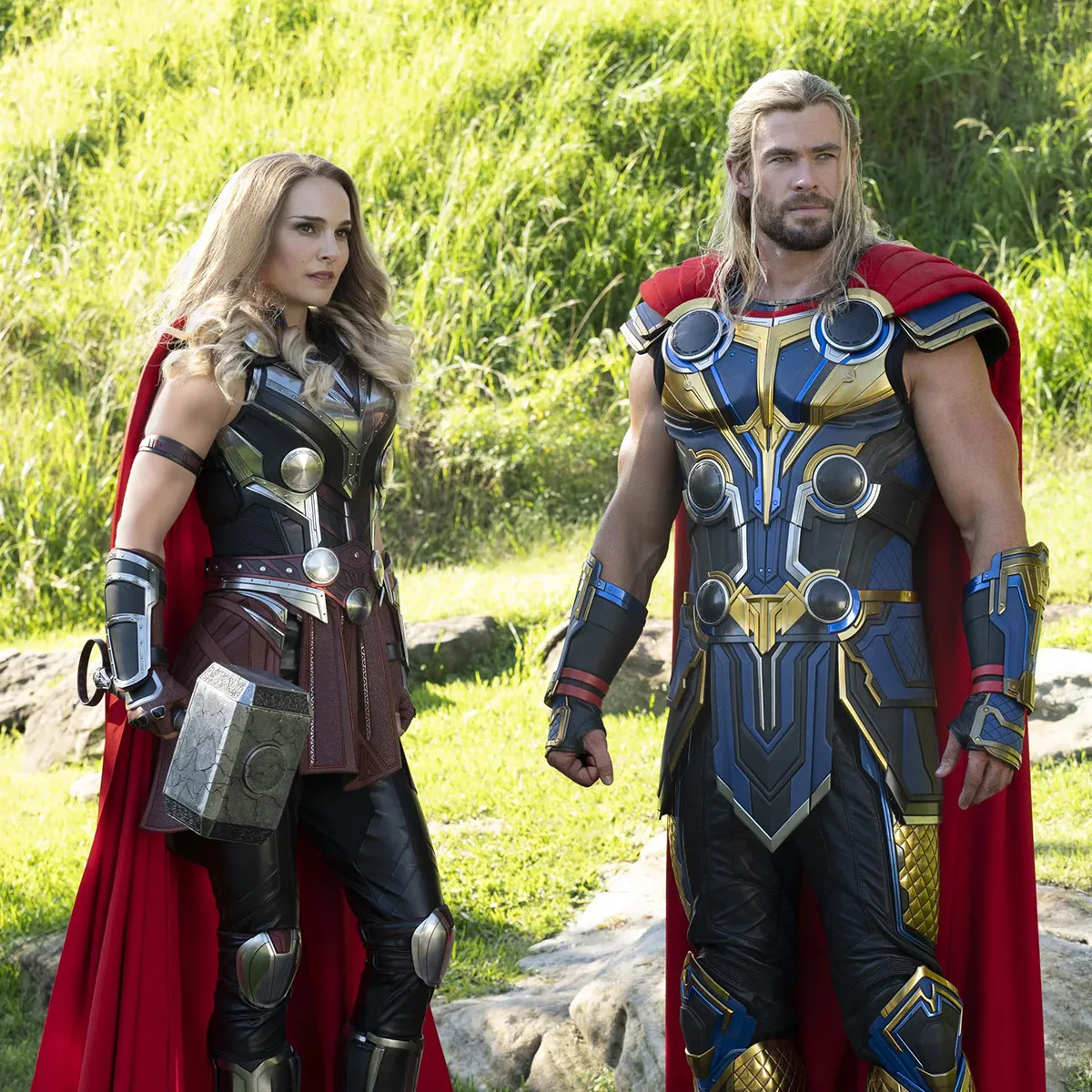According to comic book legend, the hammer of Thor, Mjölnir, can only be lifted by those who are deemed worthy enough to wield it. Now, with Thor: Love And Thunder due for release, this has inevitably led to questions.
What makes someone ‘worthy’? How does the hammer stop the likes of the Hulk from lifting it? And if even the Hulk cannot lift it, how much must it weigh? It’s a debate so enduring that it made its way into 2015’s Avengers: Age Of Ultron, where all of the Avengers took turns trying (and failing) to lift the hammer off a table. “The handle’s imprinted, right?” suggests an annoyed Tony Stark. “Like a security code?”
James Kakalios, a physics professor at the University of Minnesota, and author of The Physics Of Superheroes, has spent more time than most thinking about Thor’s hammer. So much so, in fact, that his theory for how it works was cited by Bruce Banner himself in an issue of the 2012 comic The Indestructible Hulk. For a start, Kakalios suggests that Stark wasn’t that far off with his idea of the hammer’s handle featuring a fingerprint scanner.
“The science of the Asgardians is so advanced that to us it would seem like magic,” he says. “It makes sense that Mjölnir would possess a form of artificial intelligence that, when you grab the handle, uses some sort of biosensor to scan whether you’re worthy.” He uses a scene from the first Thor movie to illustrate his point. “Odin banishes Thor, after whispering to Mjölnir, ‘whoever holds this hammer, if they be worthy, shall possess the power of Thor’. So basically Odin has administrator rights to rewrite the hammer’s operating code.”
But even if that was true, how does Mjölnir also repel the unworthy by making itself impossible to lift? Kakalios’s Bruce-Banner-approved theory pivots around gravitons. These are fundamental particles that have not yet been confirmed to exist on Earth, but could exist in the scientifically advanced society of Asgard.
“No one has observed a graviton yet,” he says, “but it is believed to be the quantum mediator of the gravitational force; much like photons of light are the quantum excitation of the electromagnetic field.”

Kakalios’s theory is that when Mjölnir is grabbed by someone it has deemed unworthy, it emits gravitons to make the hammer a heavier weight than the individual can lift. This, Kakalios says, explains why the hammer does not fall through the table in Avengers: Age Of Ultron – because it is able to use gravitons to adjust its weight and nullify whatever force is being exerted on it.
“It will only emit those excess gravitons while you’re trying to lift it,” says Kakalios. “Let’s say the hammer weighs 40 pounds. It exerts a force of 40 pounds on the table and the table pushes back with a weight of 40 pounds. So the hammer doesn’t move. You then try to lift it off the table with a force of 80 pounds. You should be able to because 80 up is greater than 40 down.
"But if the hammer at that moment knows how much force you’re exerting, it could emit gravitons so now it weighs 80 pounds. Your 80 and its 80 balance out. The moment you let go, it stops emitting the gravitons and goes back to weighing 40 pounds, meaning it can sit on the table just fine.”
Or, of course, it could just be magic.
Verdict: Mjölnir’s traits might be weird, but it can all be explained by Asgardian physics... even if their physics is different from ours.
About our expert, James Kakalios
James Kakalios is the Taylor Distinguished Professor in the School of Physics and Astronomy at the University of Minnesota, where he has taught since 1988. His scientific research in experimental condensed matter physics concerns the properties of complex and disordered systems. His popular science book,The Physics of Superheroes, was published in 2005.
Read more fromPopcorn Science: